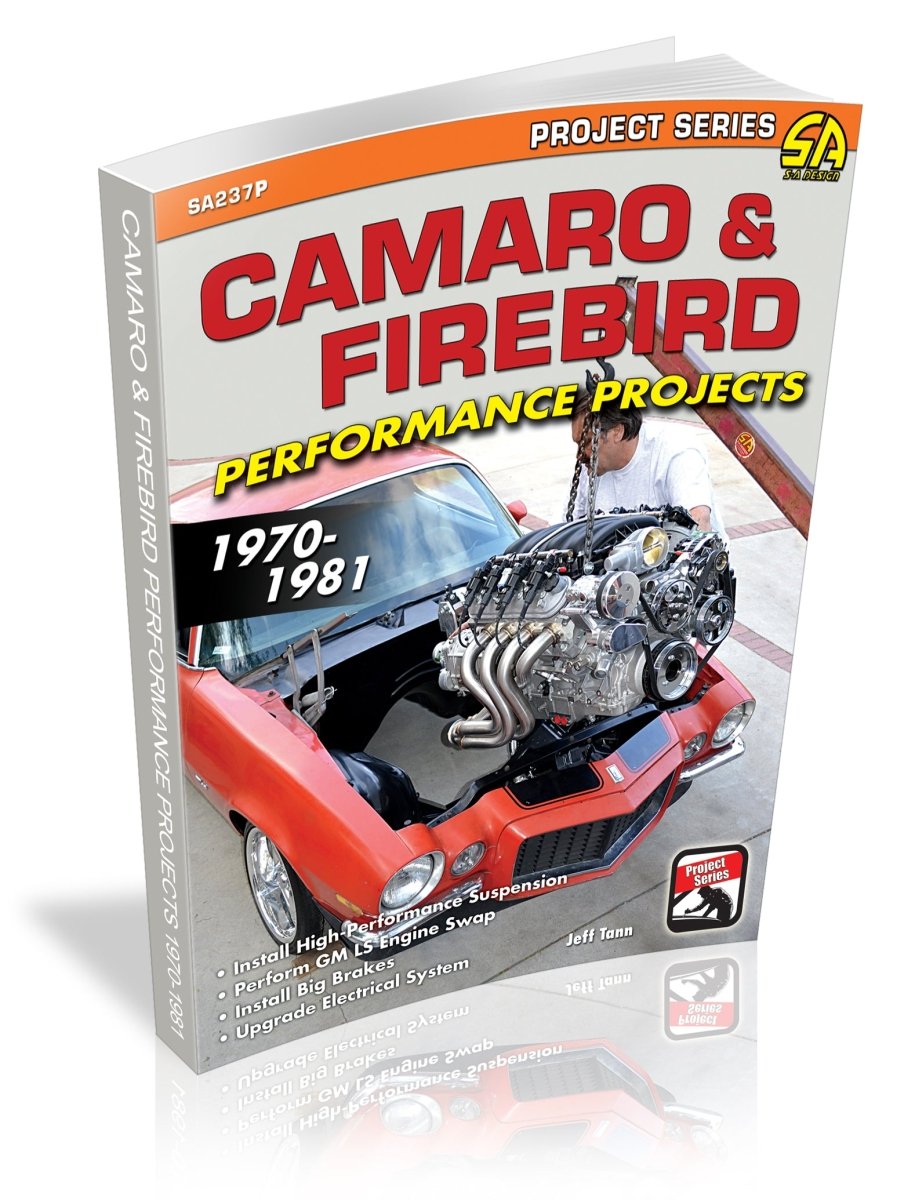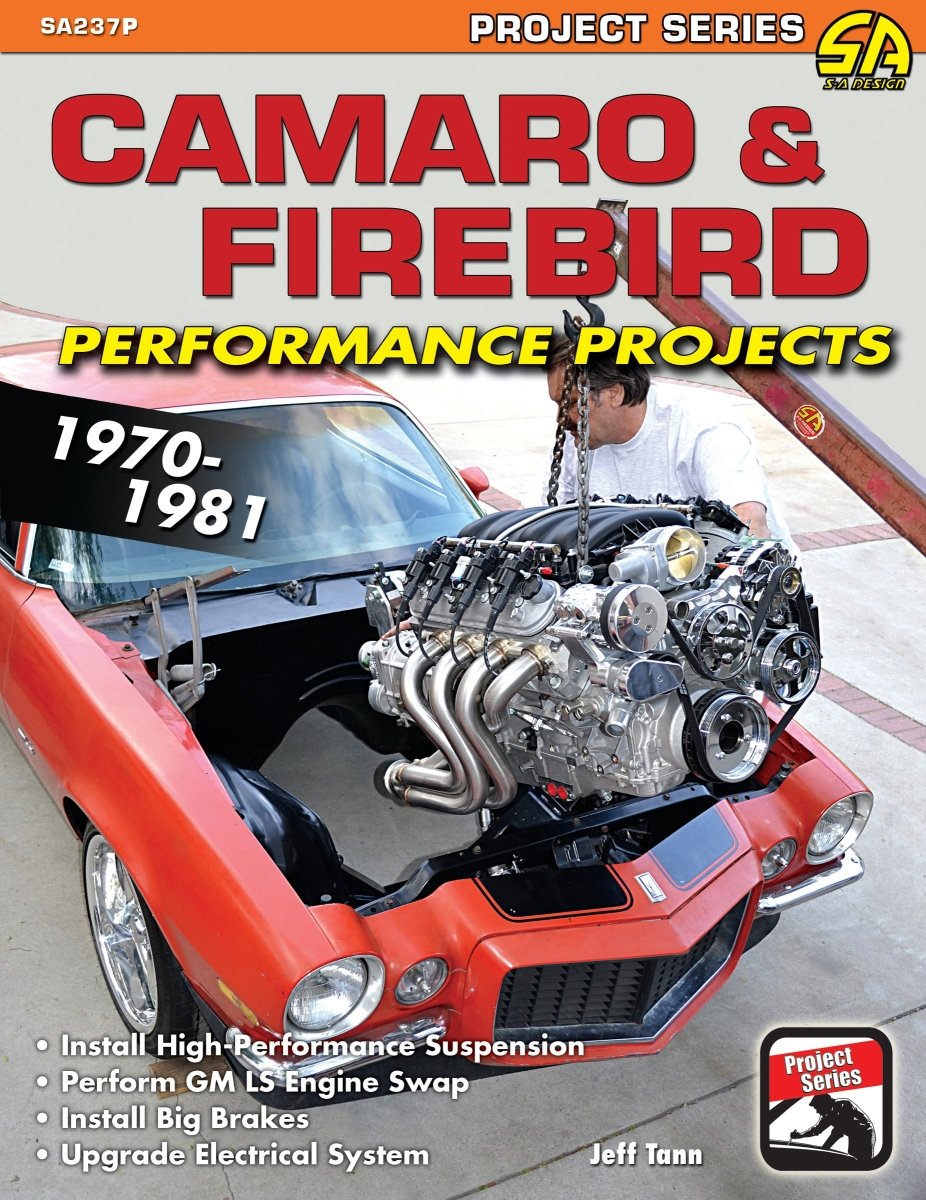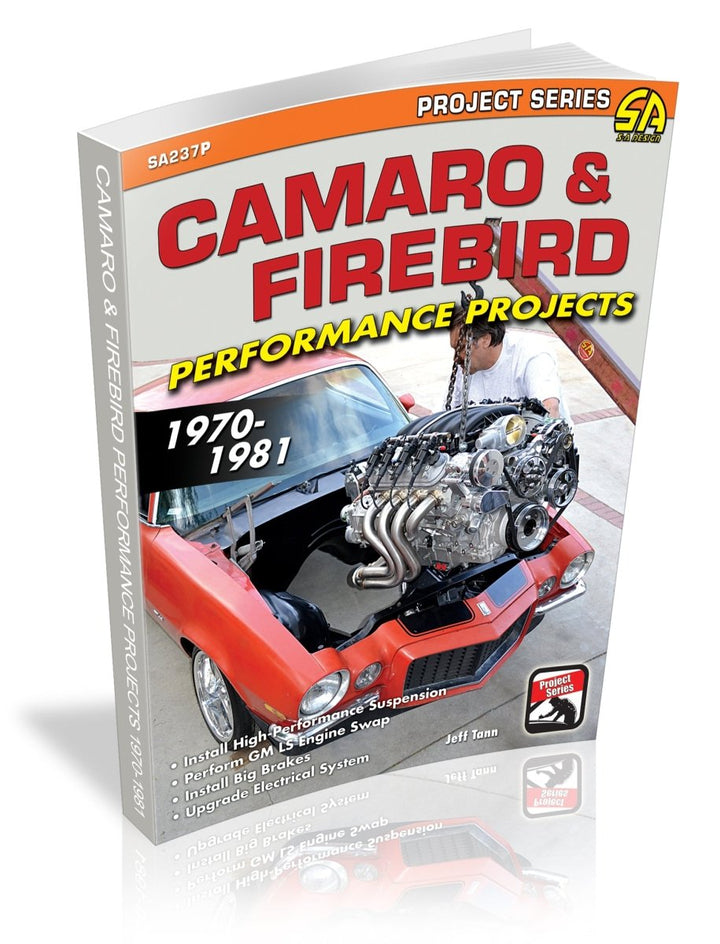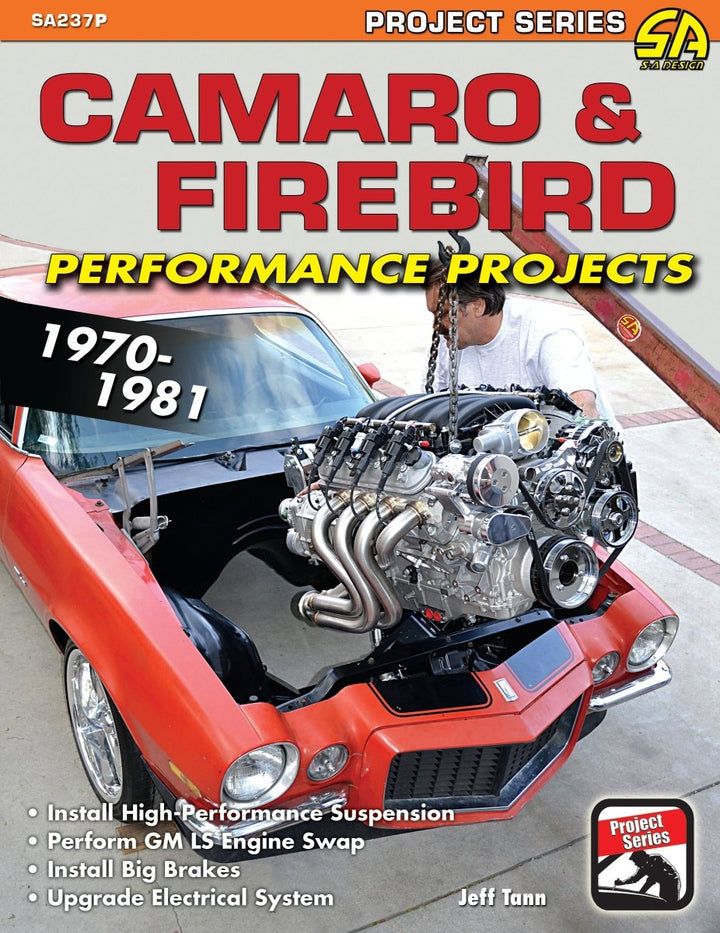While the first-generation Chevy Camaros and Pontiac Firebirds are iconic cars that command high sale prices in restored and unmodified form, the second-generation Camaros and Firebirds are much more affordable. These Camaros often sell for only a few thousand dollars, and as a relative bargain compared to the early cars, many owners use these cars as a blank canvas to build an all-out performance car. Not only are the second-generation cars great platforms for modification, owners don't have to feel guilty about heavily modifying an extremely rare or valuable collector car that the first-generation cars represent.
Several million Camaros and Firebirds were built from 1970-1981. Many of these were sparsely equipped cars with six-cylinder or small V-8 engines and are perfect candidates for a full pro-touring treatment. There is a huge and growing amount of aftermarket support for these cars, with engine, drivetrain, brake, steering, and suspension parts being offered. Many owners are installing multi-link or Air Ride suspension, four-wheel disc brakes, quicker steering gears, stroker or late-model engines, modern overdrive transmissions, and other cutting-edge performance parts.
Like all editions in the Performance Projects series, this book covers the wide range of modifications, from borderline basic to in-depth and complex. Included modifications are supercharger installs, head swaps, ignition and carburetor mods, brake upgrades, transmission, differential and driveline upgrades, engine bolt-ons, multi-link rear suspensions, and more. This book is an essential tool for the second-gen enthusiast looking to modify their car.
Introduction
Chapter 1: Planning and Organizing
Choose Your Application
Choose Your Process
Project Your Time and Expenses
Organize Your Parts
Think about Safety
Buildup Overview
Chapter 2: Engine Performance
Small-Block versus Big-Block
Cylinder Heads
Project 1: Aluminum Head Installation
Chapter 3: Selecting and Installing a Camshaft
Emission and Mileage Standards
Hydraulic Lifters
Solid Lifters
Roller Cams
Project 1: Hydraulic Roller Camshaft Installation
Chapter 4: Intake Manifolds and Carburetion
Intake Manifolds
Selecting a Carburetor
Project 1: Intake Manifold & Carburetor Installation
Chapter 5: Ignition System
Project 1: Distributor, Spark Plug Wires
and Coil Installation
Chapter 6: Exhaust System
Header Selection Tips
Emissions Standards
Chapter 7: Installing a Crate Engine
To Crate or Not to Crate
Chevrolet Performance Small-Block and Big-Block
LS Crate Engine Sources
Chapter 8: Performance Transmission
Second-Generation OEM Options
Transmission Sources
Chapter 9: Chassis Upgrades
Suspension Component Sources
Project 1: Subframe Connectors Installation
Project 2: Rear Wheel Tubs Installation
Chapter 10: Front Suspension
Front Suspension Sources
Project 1: Front Subframe Installation
Chapter 11: Rear Suspension
Eaton Detroit Springs
Project 1: Rear Spring Installation
Detroit Speed
Project 2: Rear Suspension System Installation
Chapter 12: Performance Brakes
Brake Sources
Project 1: Front Brake and Shock Installation
Project 2: Drum to Disc Brake Conversion
Chapter 13: Cooling System
Radiator
Water Pump
Fans
Thermostat
Chapter 14: Weight-Saving Measures
Chapter 15: Wheels and Tires
Sidewall Flex
Wheel Design
Chapter 16: Interior
Seats
Project 1: Seat Reupholstery
Dash and Gauges
Steering Wheel
Sound System
Chapter 17: Electrical System and Wiring
DIY or Outsource?
Project 1: Power Window Installation
Afterword
Source Guide





